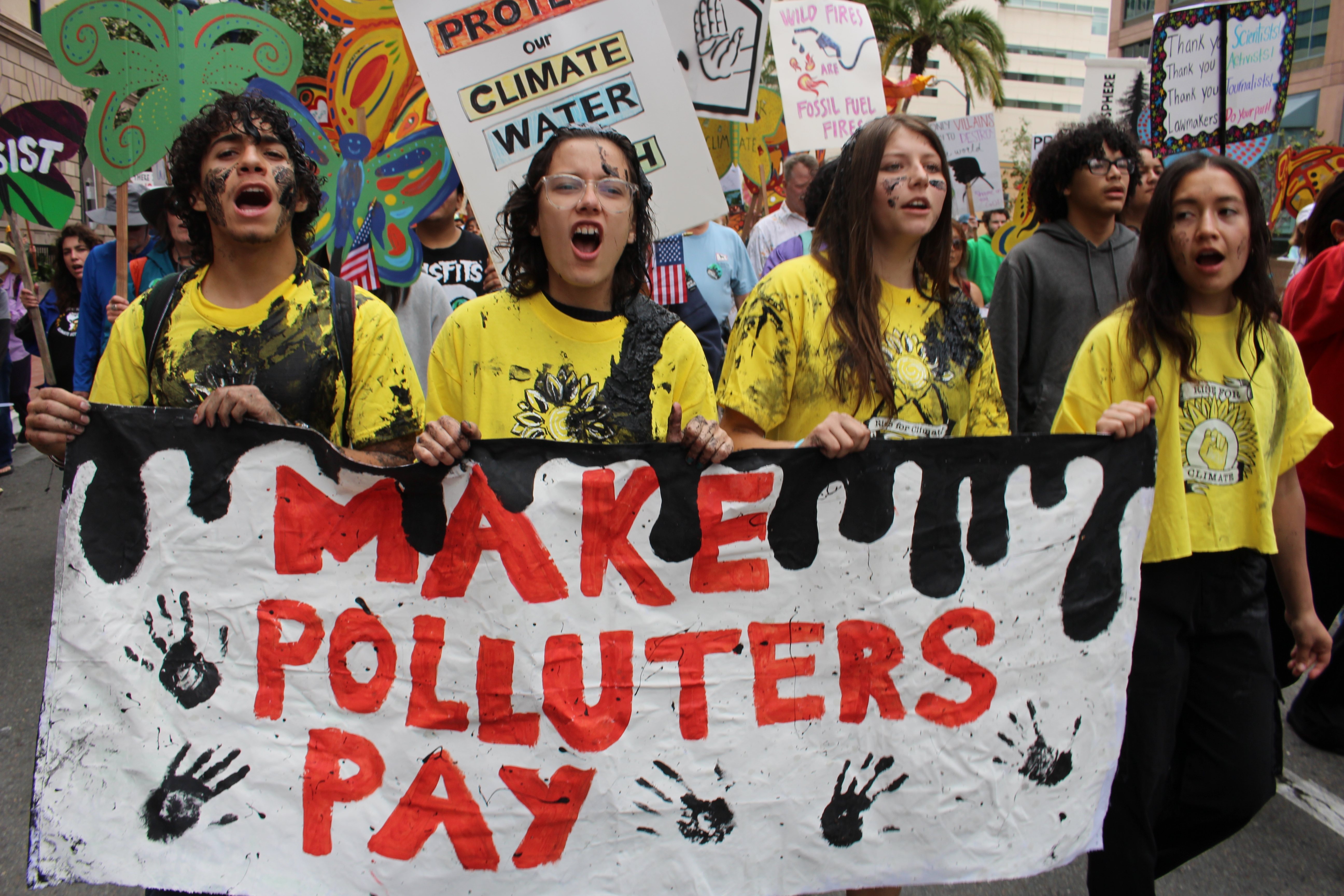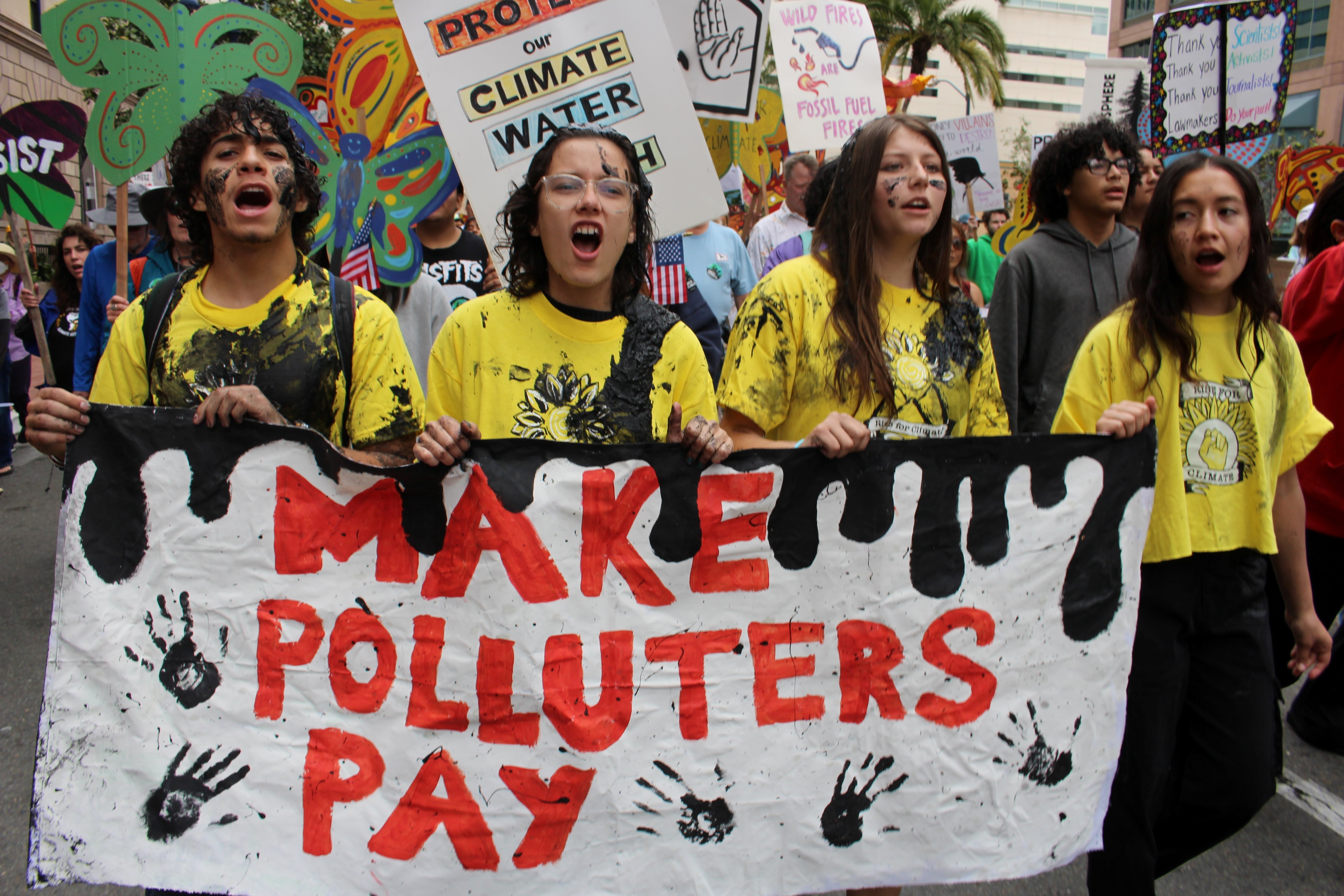Facebook Posts
Submitted by SimCenter Feed ... on
La Mesa Art Build: Youth Walkouts
Submitted by SimCenter Feed ... on
Carmel Valley Art Build: Youth Walkouts
Submitted by SimCenter Feed ... on
La Jolla Art Build: Youth Walkouts
Submitted by SimCenter Feed ... on
Make Polluters Pay Press Conference
Submitted by SimCenter Feed ... on
Tabling: 2025 Lemon Festival
Submitted by SimCenter Feed ... on
Resist Trump Flash Banner Action
Submitted by SimCenter Feed ... on
Tabling: 2025 Oceanside Vegan Food Festival
Submitted by SimCenter Feed ... on
CANCELLED: Youth4Climate Imperial Beach Cleanup
Submitted by SimCenter Feed ... on
Art Build for Trump Protest
Submitted by SimCenter Feed ... on





